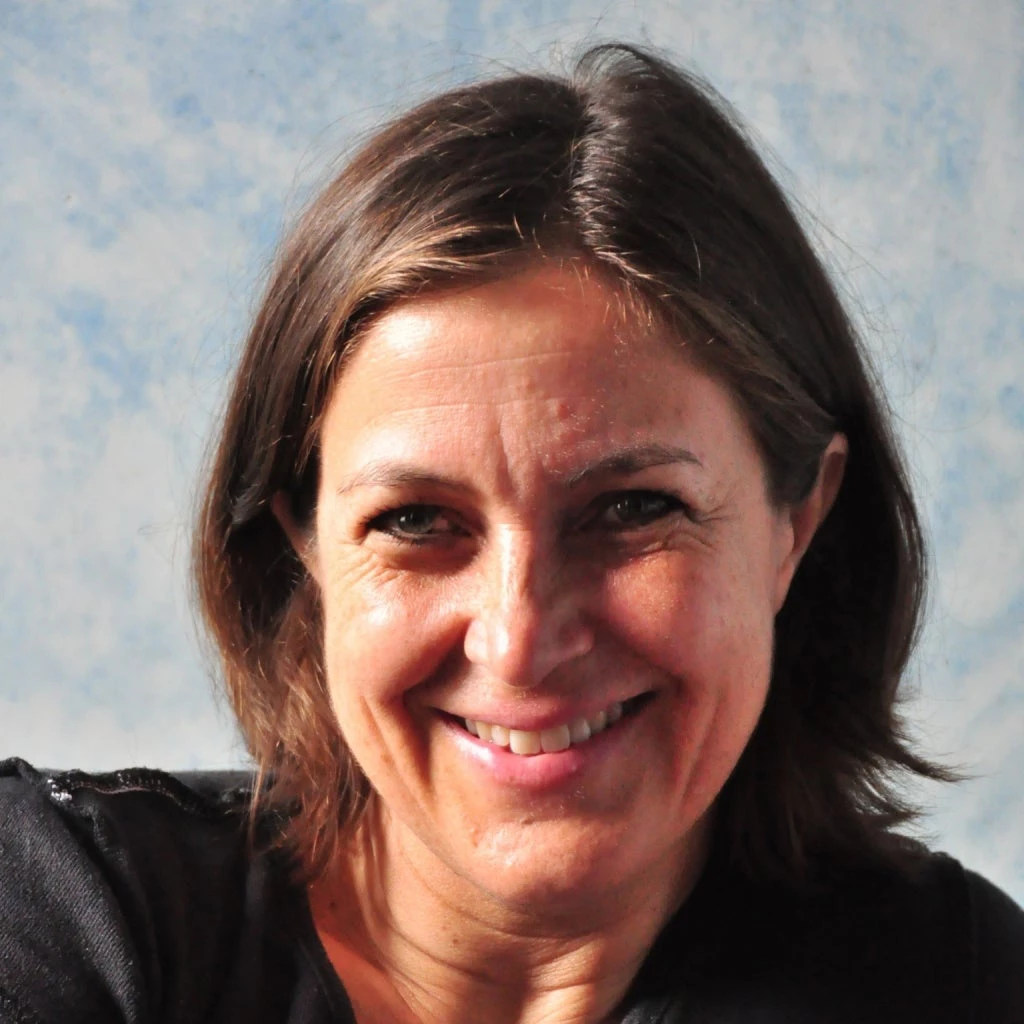 |
| Photo © Julia Bucknall/World Bank |
Twenty thousand people milling around thematic, country, commercial booths, attending political, learning, and topical sessions, watching musical and dance performances, and busily socializing in the hallways. All trying to work out how we can better manage water.
"Bridging the Divides" is the perfect name for this conference here in Istanbul. It's a city that links Asia and Europe, a city where many cultures have collided and where the religious buildings have housed worshipers and artifacts from different faiths.
From the press coverage of the forum, it might well appear that we have not bridged the divides. Protestors outside the pavilion denounce privatization of water and construction of dams while water specialists inside the building discuss how governments can best work with private operators to improve water services and how dams help manage scarce and variable water resources.
Yet observing the process, it seemed to me that the actual gap may be less than it appears, and certainly less than it was a decade or so ago. Positions and actions of both sides have become more nuanced. There will always be heartfelt differences, but the passionate debate actually helps the process.
In some way this process of striking a balance between public perception and so-called expert opinion exactly exemplifies what has to happen with climate change. To mitigate and adapt to climate change in the water sector, we have to choose among a number of options, none of which is easy and many of which have major negative effects. There are no low-hanging fruit. Any fruit that appear to be hanging low probably have unforeseen drawbacks. For example, many think that we can simply encourage irrigated farmers to use drip irrigation and get the same amount of crop for less water and so release some for urban consumption. Unfortunately, it doesn’t work like that. The drip irrigation usually encourages farmers to intensify or expand production, using the same amount or more if they have groundwater they can tap. We produce more but don’t actually release water for anyone else.
In places that already use more water than they have – already the case for much of the Middle East, Northern China, parts of India – the only way to operate sustainably is to cut back individual entitlements. Not easy for those who have to make do with less water nor for the politician who has to make that choice. A participant from Australia told us graphically about their government’s efforts to take back entitlements from users when the original allocation of entitlements turned out not to have been sustainable.
To me, this implies that our deliberation and decision-making processes might be more robust than we presume. The processes appear chaotic but engaging in the debates, even when some of the participants might be unwilling, appears to be leading to better outcomes. And better outcomes we need if we are to innovate and invest as much as we must and make sure that vulnerable groups do not suffer from those decisions and make sure that the decisions are politically acceptable.
We all know we must innovate, and there is some interesting innovation on display here. I can give two very different examples, one from the private sector and one from the public sector.
 |
| Photo © Julia Bucknall/World Bank |
In the commercial tent, companies are selling desalination plants the size of my office water cooler that can provide fresh water for a household or be coupled together to supply a small community. They seem to be cracking the problems of scale in desalination, which could make it an option for communities on small islands or in remote coastal areas. It could also allow a series of small plants along coasts rather than very large plants and pipelines to transport the water with the resulting inefficiencies. And it could help deal with saline intrusion into aquifers which is expected to worsen with climate change. According to the salesman, the cost of water produced from these large units is not much higher than the large plants. One company talks of 3.5kWh/1,000 litres. Even if this is not yet very far off the drawing board, the technology seems to be developing quickly.
In the learning centre, NASA scientists told us of work they are doing with hydrological agencies in the Middle East to measure water balances. How much is there, where is it used. They will combine the latest models and satellite information with ground-based data to give daily water balances. This is using the best knowledge of the US and the Middle East to solve a serious global problem. The information will be publicly available, which has the potential to bring an important performance feedback loop into the system.


Join the Conversation